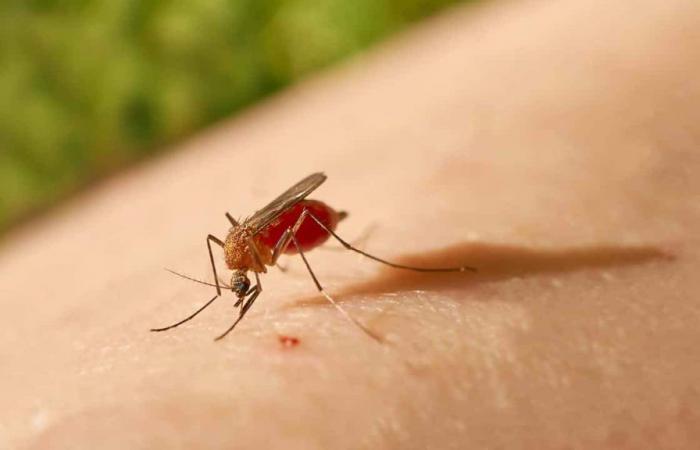The Espírito Santo Health Department (Sesa) confirmed six more cases of Oropouche fever in the State. With the confirmations, the number rises to 18 occurrences, the majority of which are in the municipality of Colatina, in the Northwest of Espírito Santo.
The Undersecretary of Health Surveillance, Orlei Cardoso, reported that the disease is not lethal so far. Furthermore, it presents symptoms very similar to those of dengue.
>> Do you want to receive our news 100% free? Join our Health community on WhatsApp or join our Telegram channel!
“It is a disease that is not lethal, so far, and has symptoms very similar to those of dengue – fever, body pain and joint pain. Laboratory diagnosis is essential for effective monitoring of cases, as well as municipal epidemiological surveillance actions to monitor the situation”, highlighted.
See the list of municipalities with confirmed cases:
Colatina: 10
Earth Orange: 1
Bananal River: two
São Gabriel da Palha: 1
Sooretama: two
Victory: two
Since cases were confirmed, several doubts have arisen. Among them, how the disease is transmitted, what the symptoms are and the health risks.
Dengue and Oropouche Fever: differences and similarities
Both diseases are caused by an arbovirus and transmitted by mosquitoes. However, the vectors are different: Aedes aegypti, which transmits dengue, zyka and chikungunya, and the popularly known as “maruim” or “powder mosquito”.
The clinical manifestations are quite similar. Look:
– Sudden onset fever;
– Headache (headache);
– Myalgia (muscle pain);
– Arthralgia (joint pain).
– Dizziness;
– Retro-ocular pain;
– Chills;
– Photophobia;
– Nausea;
– Vomiting.
Acute cases of OROV evolve with sudden onset fever, headache, myalgia (muscle pain) and arthralgia (joint pain). Other symptoms such as dizziness, retro-ocular pain, chills, photophobia, nausea and vomiting are also reported.
Cases involving the central nervous system (for example, aseptic meningitis and meningoencephalitis), especially in immunocompromised patients, and with hemorrhagic manifestations (petechiae, epistaxis, gingivorragia) may occur.
Read Also: Mutirão will carry out 400 ophthalmological consultations in Vila Velha; know when






